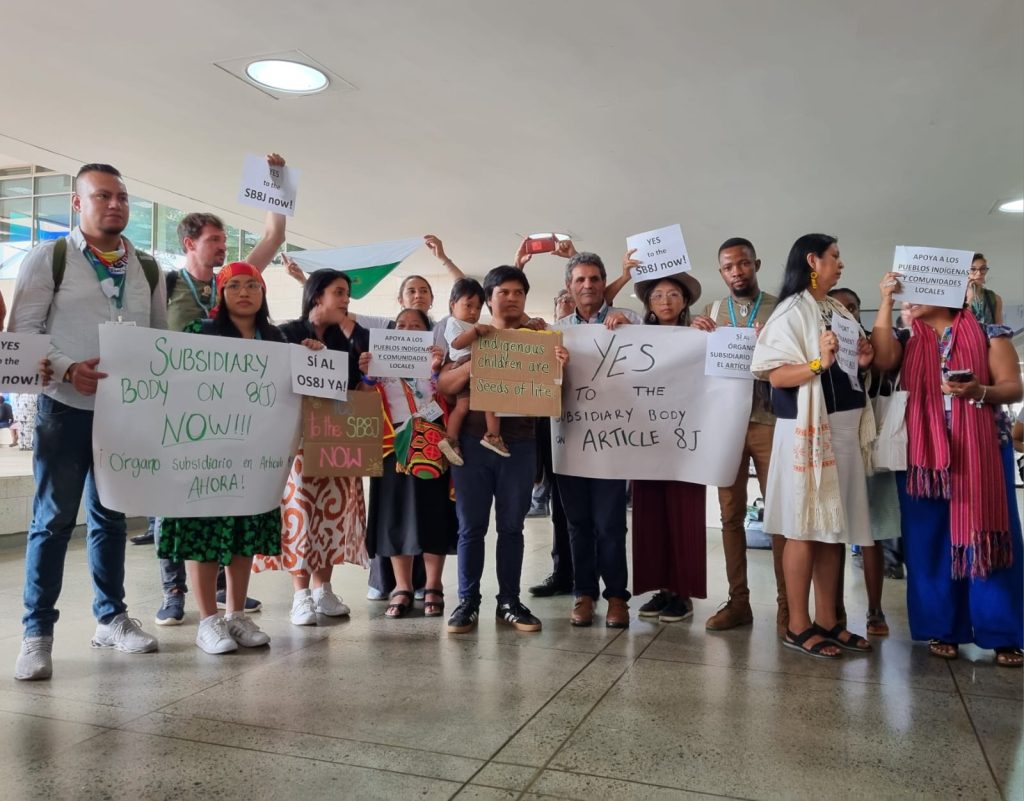Building Peace with Nature through the Kumming-Montreal Global Biodiversity Framework By Indigenous Peoples Of Africa Coordinating Committee (IPACC)
In a recent gathering in Cali, Colombia, the world witnessed a momentous event that not only set the pace for peace with nature but also nurtured the values and wisdom of Indigenous communities. The Conference of Parties (COP) 16, was a significant milestone for the global conservation efforts, particularly for indigenous people worldwide.
COP 16 marked a turning point in recognizing the critical role of Indigenous communities in preserving our planet’s biodiversity. By incorporating traditional knowledge and practices into discussions and decisions, the COP established seeds of harmony and sustainability that have long been rooted in Indigenous cultures.
One of the key reasons why COP 16 was so important to Indigenous people was its emphasis on inclusivity and representation. The event provided a platform for Indigenous voices to be heard and valued, ensuring that their perspectives and concerns were integrated into the discussions and outcomes.
Moreover, COP 16 laid the groundwork for building peace with nature by fostering a holistic approach to conservation that encompasses the entire society. By acknowledging the interconnectedness of all living beings and ecosystems, the COP set a powerful example of how humanity can work together to protect and restore the natural world.
In December 2022, at COP 15, a groundbreaking development took place with the adoption of the Kumming-Montreal Global Biodiversity Framework (KMGBF). This framework represents the world’s master plan to halt and reverse biodiversity loss, outlining ambitious targets and actions to safeguard our planet’s rich biological diversity.
Notably, the Subsidiary Body on Article 8(j), which focuses on traditional knowledge, innovations, and practices of Indigenous and local communities, was permanently adopted by the Secretariat of the Convention on Biological Diversity within the KMGBF. This recognition underscores the essential role that Indigenous wisdom plays in achieving global biodiversity goals and promoting sustainable development.
As we look towards a future where harmony with nature is paramount, the legacy of COP 16 and the adoption of the Kumming-Montreal Global Biodiversity Framework serve as beacons of hope and inspiration. By embracing Indigenous knowledge, fostering inclusivity, and
committing to collective action, we can create a world where peace with nature is not just a vision but a reality we all strive to achieve.


